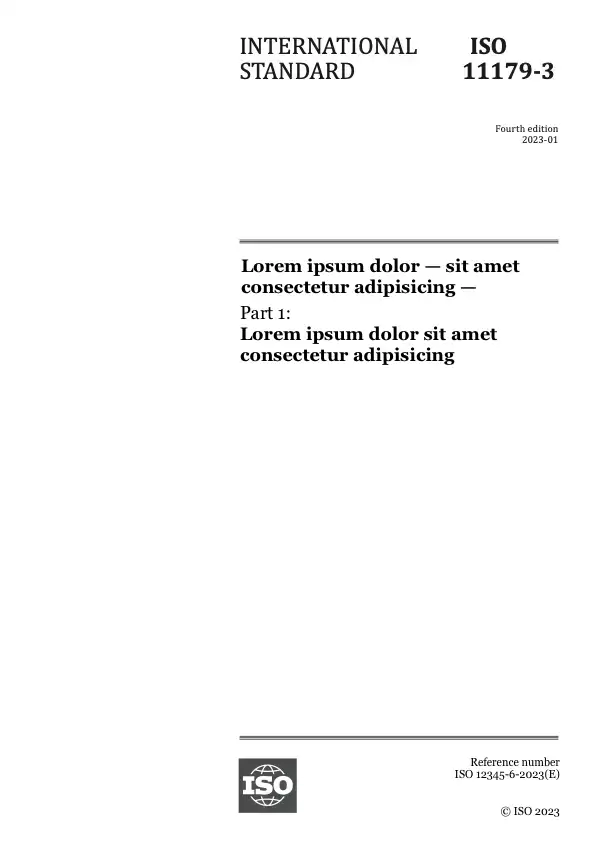Тезис
ISO 22900-1:2008 provides the framework to allow diagnostic and reprogramming software applications from all vehicle manufacturers the flexibility to work with multiple vehicle communication interfaces (VCI) from multiple tool suppliers. This system enables each vehicle manufacturer to support all vehicle communication interfaces to perform diagnostics and to control the programming sequence for electronic control units (ECUs) in their vehicles.
ISO 22900-1:2008 describes the applicable use cases to justify the benefits of ISO 22900. It also specifies the design requirements to be followed by diagnostic and programming vehicle communication interface designers. The design requirements are categorized into different levels of conformance classes to provide:
- “software compliance”, a set of requirements for existing VCIs, which are software but not hardware compliant;
- “electrical compliance”, defining all signals and electrical interfaces that allow a system integrator to connect more than one VCI Protocol Module to the vehicle diagnostic connector and the host system;
- “mechanical compliance”, defining standard connectors on the VCI Protocol Module to interface to the vehicle Data Link Connector (DLC) and the host system, as well as defining a cabling concept to support interfacing more than one VCI Protocol Module.
The technical requirements specified in ISO 22900-1:2008 have been influenced by the requirements of legal authority with regard to “vehicle OBD and programming”.
The Modular Vehicle Communication Interface hardware design requirements will provide appropriate development guidance for vehicle communication interface manufacturers to meet legal authority and automotive manufacturer demands with regard to inter-vendor operability.
Preview
Общая информация
-
Текущий статус: ОпубликованоДата публикации: 2008-03Этап: Рассылка краткого отчета о пересмотре [90.60]
-
Версия: 1
-
Технический комитет :ISO/TC 22/SC 31ICS :43.040.15
- RSS обновления
Жизненный цикл
-
Сейчас
ОпубликованоISO 22900-1:2008
Стандарт, который пересматривается каждые 5 лет
Этап: 90.60 (Hа стадии пересмотра)-
00
Предварительная стадия
-
10
Стадия, связанная с внесением предложения
-
20
Подготовительная стадия
-
30
Стадия, связанная с подготовкой проекта комитета
-
40
Стадия, связанная с рассмотрением проекта международного стандарта
-
50
Стадия, на которой осуществляется принятие стандарта
-
60
Стадия, на которой осуществляется публикация
-
90
Стадия пересмотра
-
95
Стадия, на которой осуществляется отмена стандарта
-
00
Появились вопросы?
Ознакомьтесь с FAQ
Часы работы:
Понедельник – пятница: 09:00-12:00, 14:00-17:00 (UTC+1)

